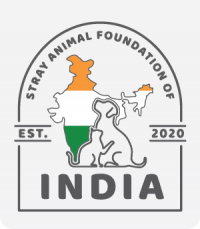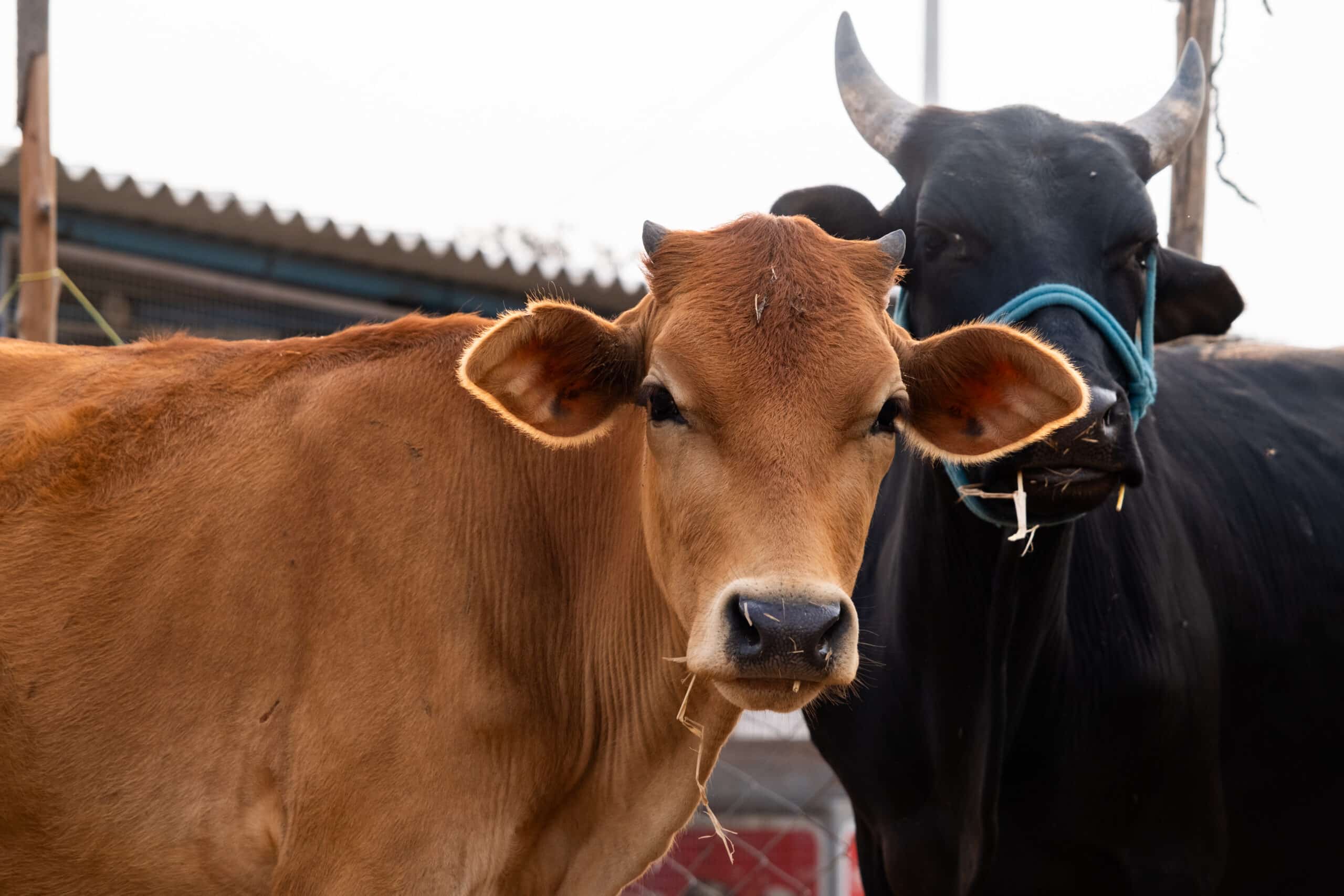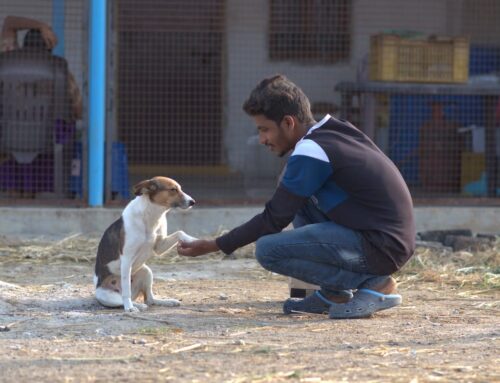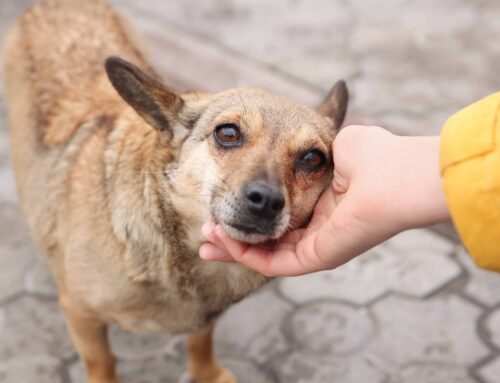The History of Animal Welfare Laws in India
India has a long and intricate history when it comes to the protection and welfare of animals. From ancient scriptures that espouse compassion for all living beings to modern-day legislation, the country’s commitment to animal rights has evolved significantly over time. This journey, marked by progressive changes and continuous advocacy, has paved the way for a more humane approach to animal welfare.
Ancient Roots of Compassion
The foundation of animal welfare in India can be traced back to ancient texts such as the Vedas, Upanishads, and Buddhist and Jain scriptures. These spiritual teachings often emphasized non-violence (Ahimsa) and the ethical treatment of all creatures. For instance, Emperor Ashoka, who ruled during the 3rd century BCE, is widely remembered for his animal welfare policies. He established one of the earliest known wildlife conservation laws, prohibiting the killing of certain species and promoting veterinary care.
Early Legislative Efforts
Fast forward to the colonial era, the British administration laid the groundwork for formal animal protection through laws like the Prevention of Cruelty to Animals Act, 1890. Although limited in scope and enforcement, it marked the beginning of legislative attention toward animal rights.
Post-Independence Legal Framework
Following India’s independence, there was a significant shift toward stronger animal protection measures. The Prevention of Cruelty to Animals Act of 1960 became a landmark legislation, establishing clear rules against animal cruelty and creating the Animal Welfare Board of India (AWBI) to oversee implementation. This Act provided the framework for various subsequent rules, such as the Transport of Animals Rules, 1978, and the Prevention of Cruelty to Draught and Pack Animals Rules, 1965.
In addition, the Wildlife (Protection) Act, 1972, emerged as a powerful law designed to safeguard wild animals and their habitats. This Act laid down stringent penalties for poaching and illegal wildlife trade, reinforcing India’s dedication to protecting its diverse fauna.
Modern Developments and Challenges
The legal landscape of animal welfare in India continues to evolve. Recent years have seen amendments to existing laws and the introduction of new rules, such as the Prevention of Cruelty to Animals (Care and Maintenance of Case Property Animals) Rules, 2017. However, despite these advancements, enforcing these laws remains a significant challenge, especially in cases involving cruelty against street animals and wildlife.
Our Role in Cruelty Prevention
At the Stray Animal Foundation India, we are deeply committed to preventing cruelty and advocating for stronger animal protection laws. This year alone, we have tackled numerous complex and heart-wrenching cases, showcasing the urgent need for rigorous enforcement and systemic change. Our efforts have included:
1. Challenging Animal Cruelty Cases: We addressed a range of issues, including mass killings of stray dogs, illegal animal sacrifices, pet abuse, feeder harassment, breeder negligence, cow slaughter, parakeet astrology, monkey charming, and poaching.
2. WRIT Petitions: We filed three WRIT petitions to enforce state-wide dog sterilizations, improve care for abandoned cows, and seek compensation for a young boy who tragically died from rabies. These petitions aim to prompt government action to implement robust rabies prevention measures and expand stray dog sterilization programs.
3. Public Interest Litigation (PIL): One of our WRITs focusing on abandoned cows is being converted into a Public Interest Litigation to gain more visibility and government accountability.
4. Court Appeals: To strengthen the judicial response, we pursued court appeals in five severe cruelty cases, pushing for harsher penalties to deter future violations.
5. First Information Reports (FIRs): Our team filed several FIRs through police stations and courts, particularly when authorities were reluctant to act on cruelty cases involving stray dogs. These efforts are crucial for ensuring that animal cruelty is taken seriously and addressed promptly.
Driving Government Action
Our WRITs and court appeals are not just about individual cases—they are designed to catalyze systemic change. By pushing for government allocation of funds for sterilization and vaccination initiatives, we aim to create sustainable solutions that can eradicate rabies and foster harmonious coexistence between communities and street dogs. These efforts, combined with government support, are essential for making lasting progress in animal welfare.
Conclusion
The history of animal welfare laws in India reflects a deep-rooted cultural ethos of compassion, which has evolved into a comprehensive legal framework. However, achieving true protection for all animals requires continuous advocacy, effective enforcement, and collaborative efforts. At Stray Animal Foundation India, we remain committed to this mission, addressing cruelty head-on, filing legal petitions, and advocating for stronger protections. Together, we can create a world where animals are not just protected by laws but are genuinely respected and cared for.











Leave A Comment